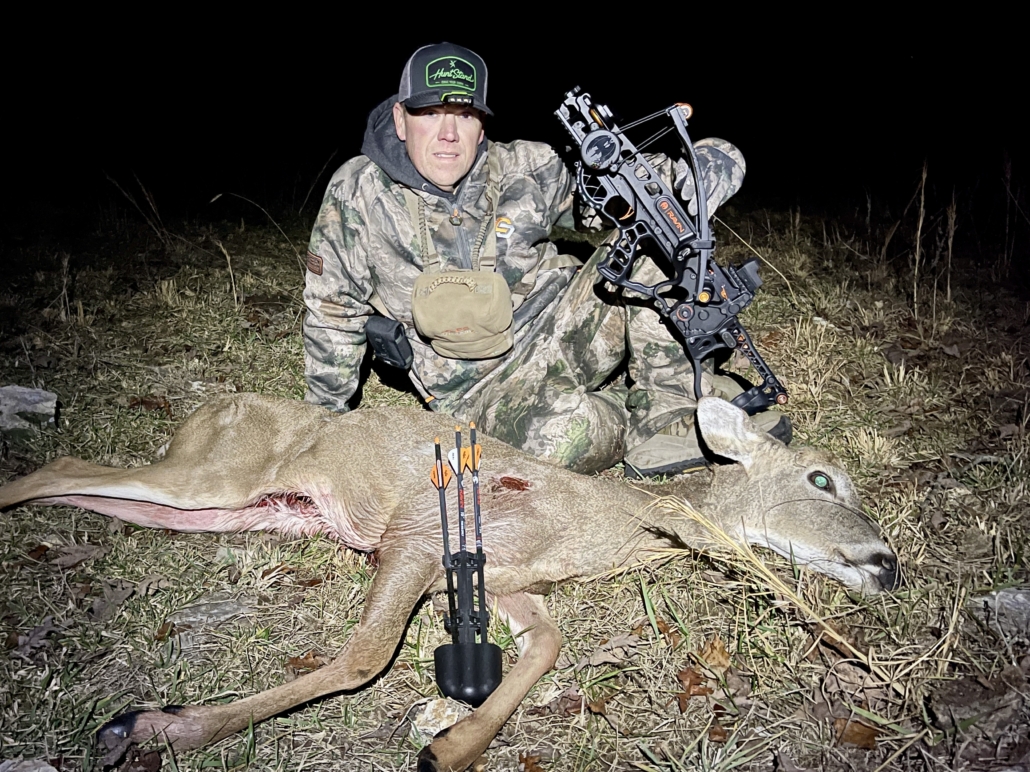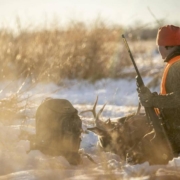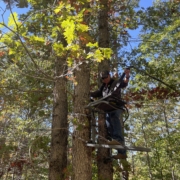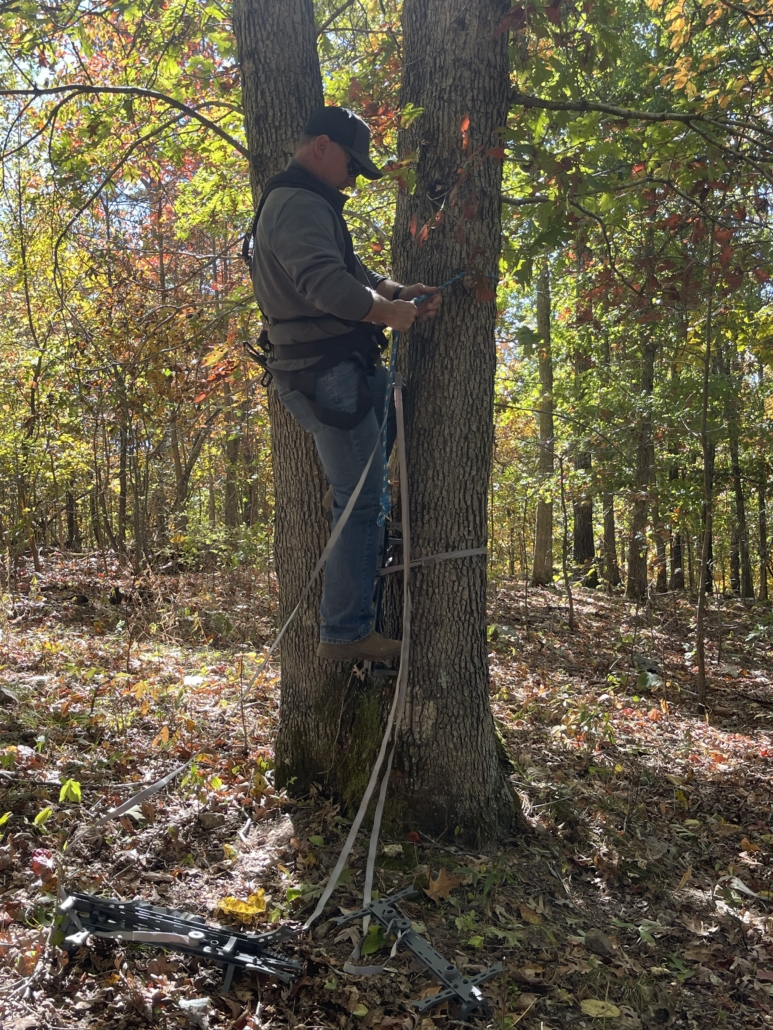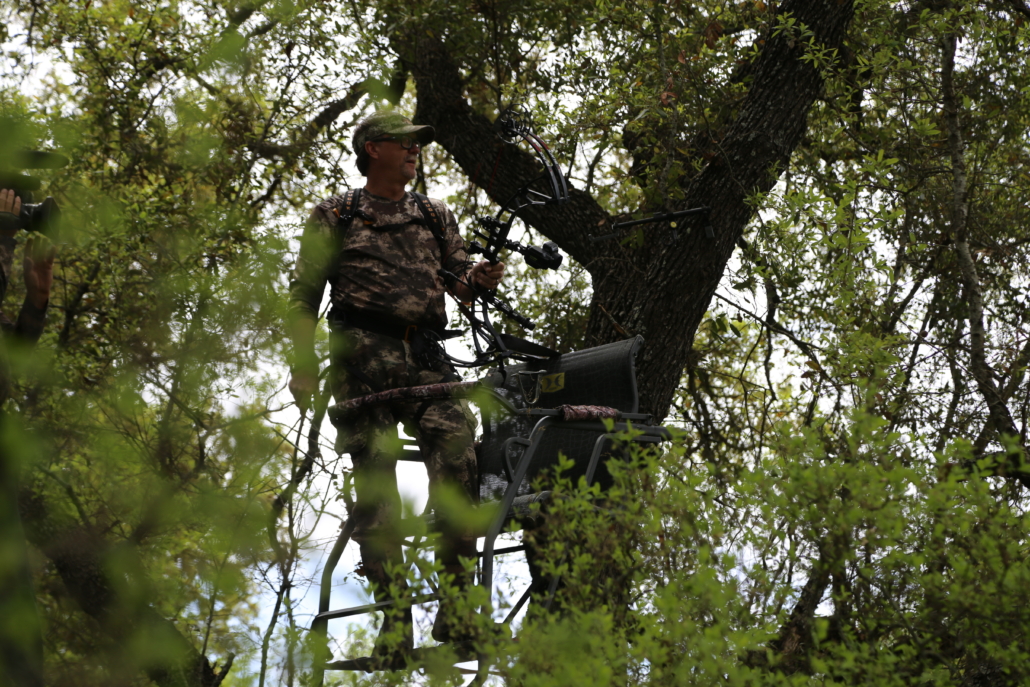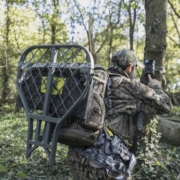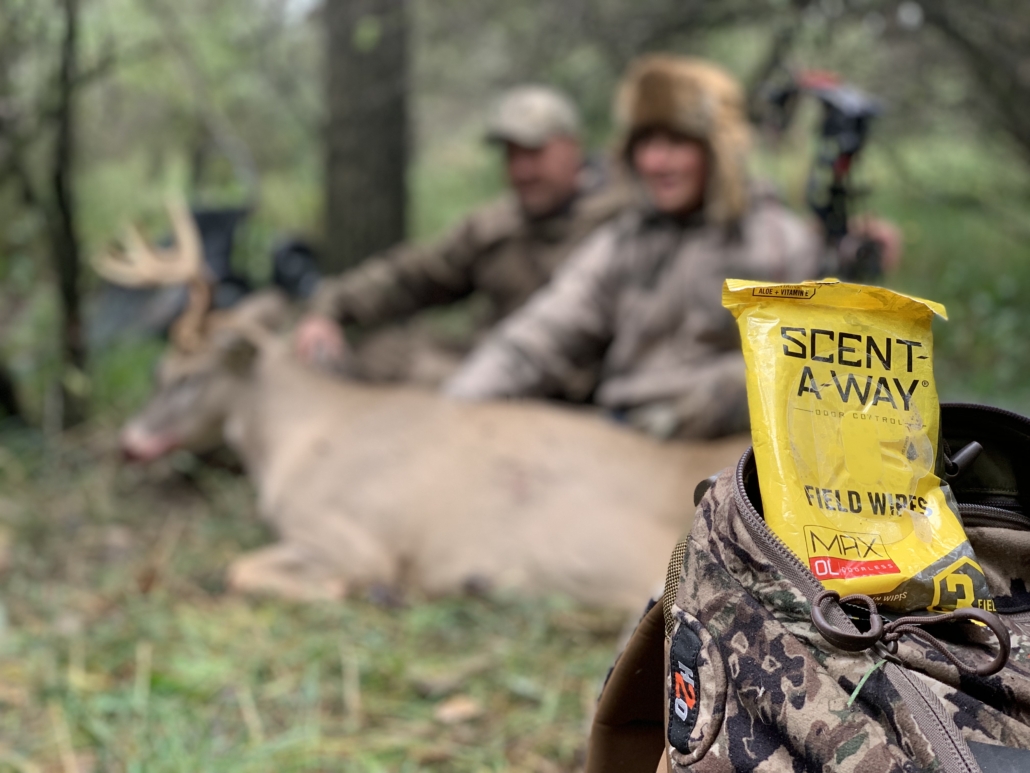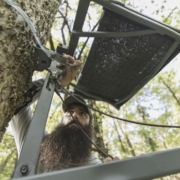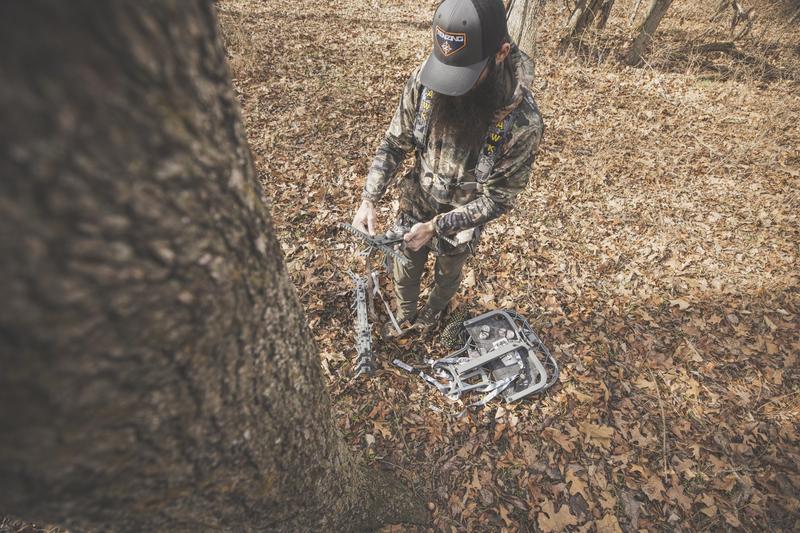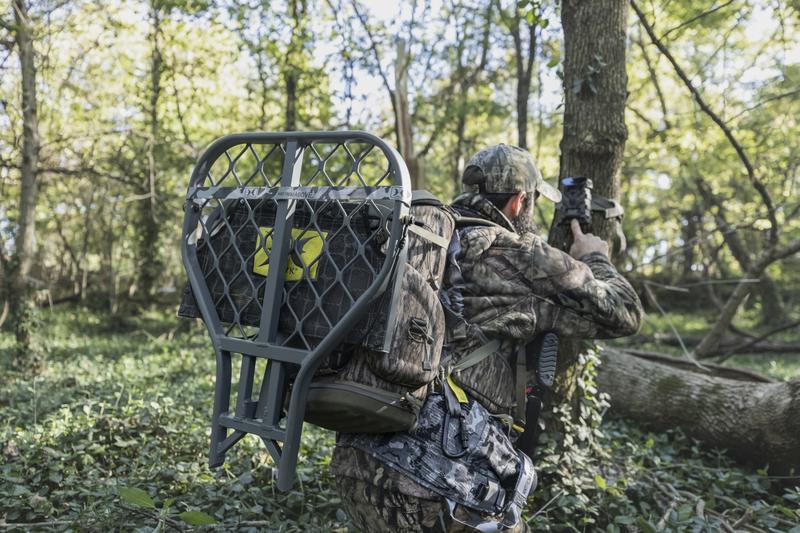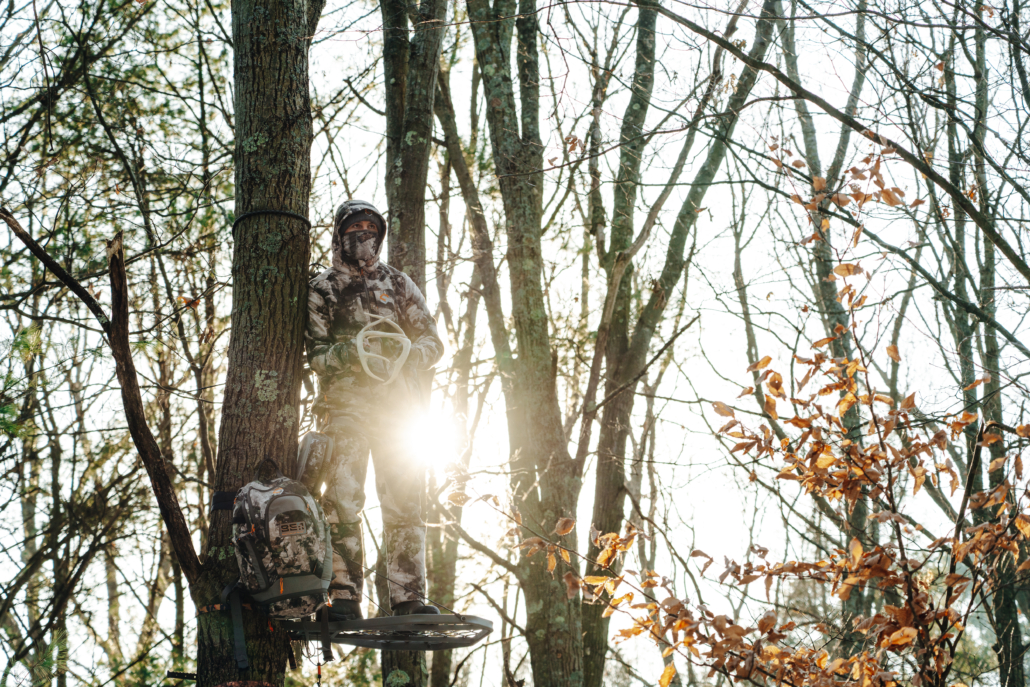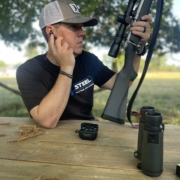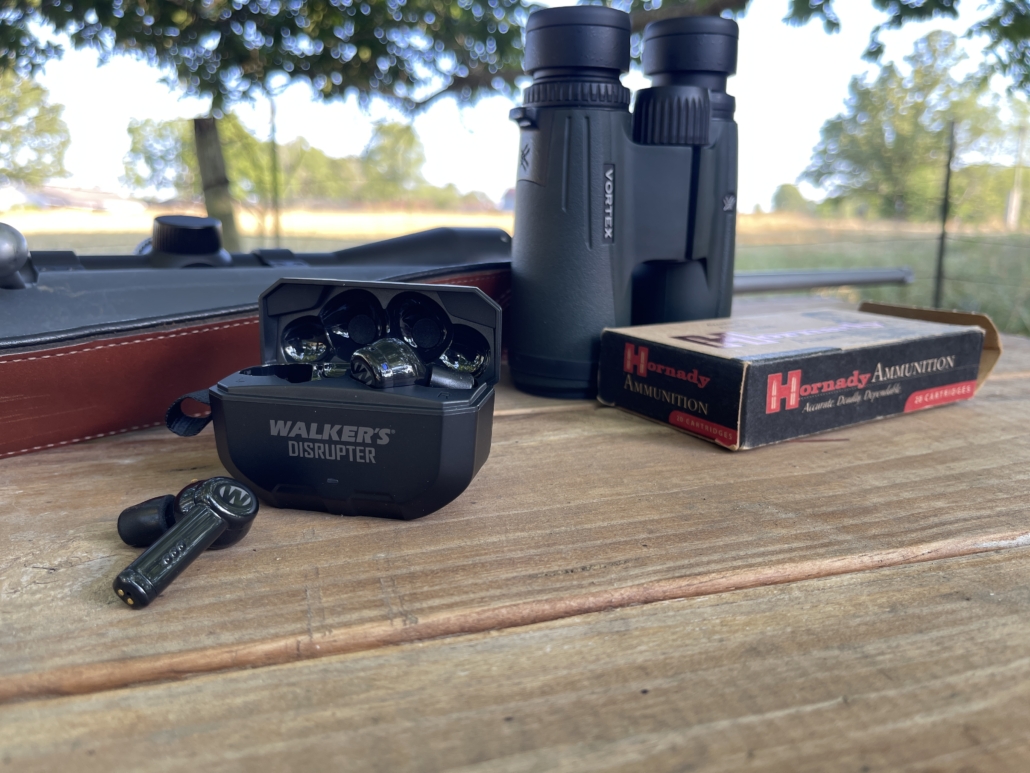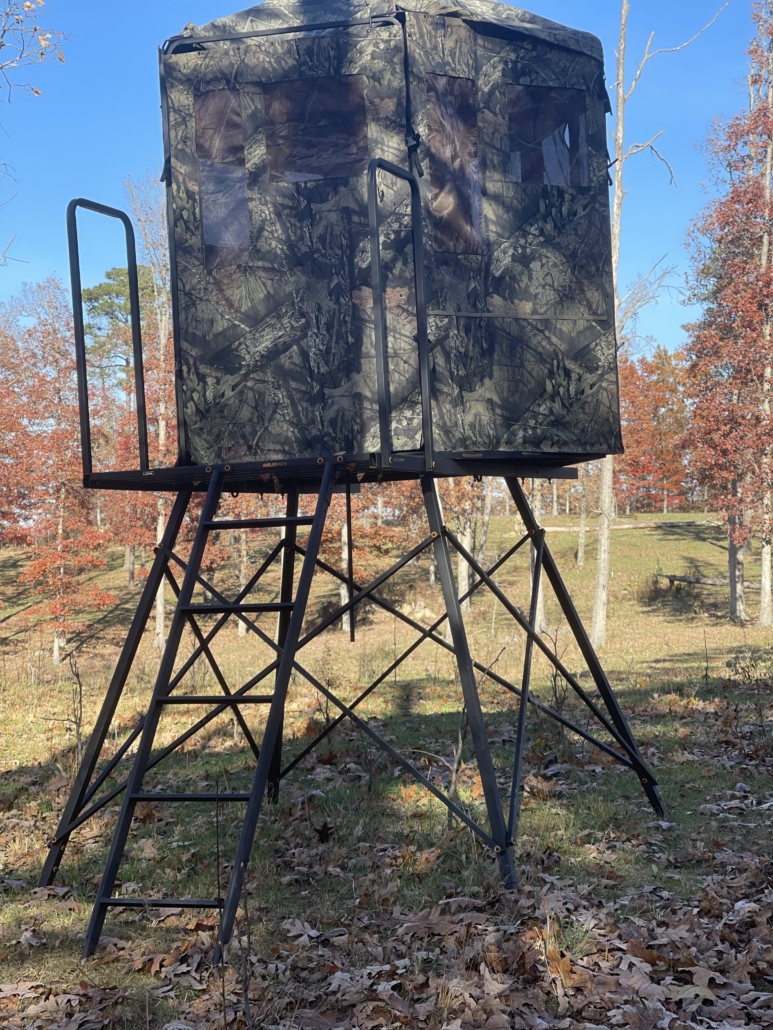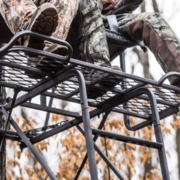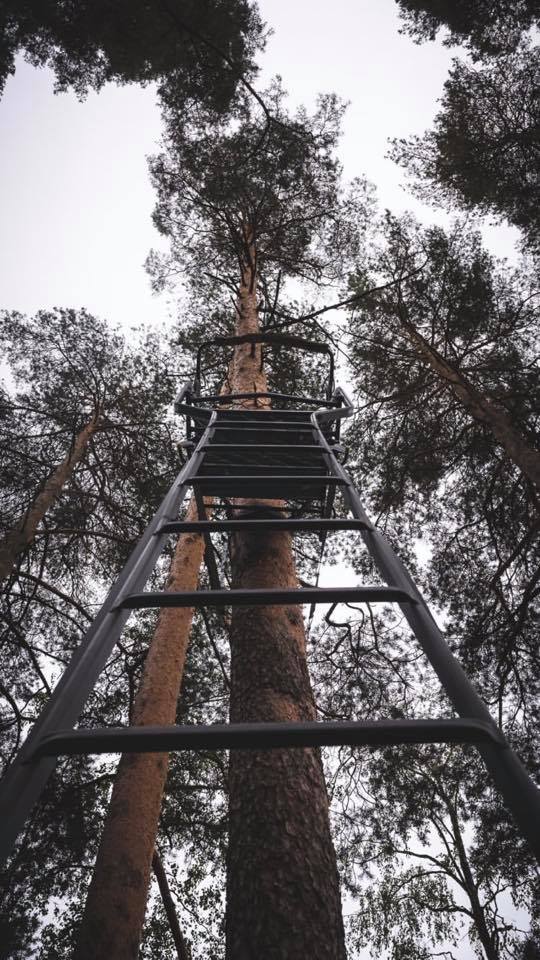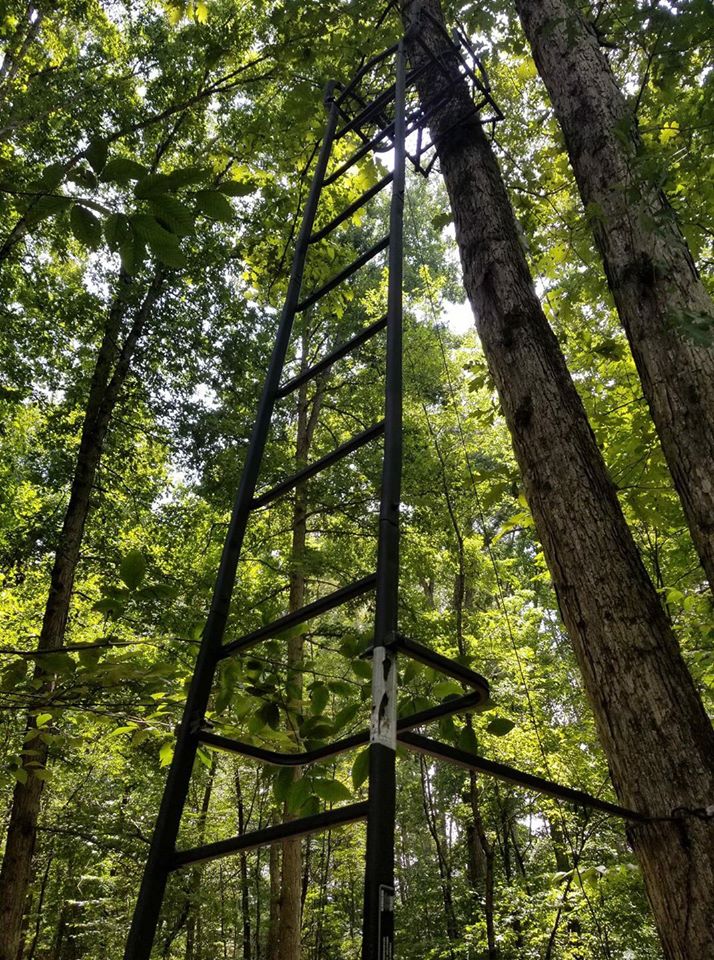3 Ways To Successfully End Your Deer Season
As the curtain falls on another deer hunting season, hunters reflect on the challenges, successes, and moments that defined their pursuit of the majestic whitetail. Whether you’re in the season’s final days or have already closed your season, there are strategic ways to conclude your deer hunting journey on a satisfying note. Be it a final effort to secure another harvest, a last-minute pursuit of a mature buck, or a desire to wrap up the season after already tagging a mature buck, aim to conclude in a manner that leaves you eagerly counting the days until the next hunting season begins.
Exiting the holiday season, I found myself brimming with enthusiasm, just not for hunting. I had reached the point of burnout and was ready to move on to something different. At the perfect moment, I received an email offering the chance to try a new crossbow. Eagerly, I accepted, and within a few days, a brand-new bow was waiting on my doorstep. This wasn’t just an opportunity to test a new crossbow; it reignited my passion and motivated me to head out for the final days of the hunting season. On an evening hunt, a doe came within ten yards of my tree after sitting in my stand for slightly more than two hours. With many of the bucks already shedding their antlers, I decided to harvest this doe. Once she turned broadside, I made a perfect shot, allowing me to finish my season off with another successful harvest.
Grind It Out Using A Ground Blind
The late season brings challenges, particularly with the dropping temperatures and the increased focus on hunting food sources. Adopting a grind-it-out mentality is vital for those hunters still pursuing the elusive buck they have had pictures of and have been chasing all season. Utilizing a ground blind, such as the Hawk Hunting Office or Double Box Blind, can be a game-changer for staying in the field longer. Late-season hunts often require enduring long sits in the cold, making a ground blind essential for warmth and concealment. These blinds provide a comfortable and stealthy vantage point, allowing hunters to wait patiently for the opportune moment. By staying concealed and protected from the elements, hunters increase their chances of success in the late-season game.
Re-Energize, Then Hunt
For some hunters, such as myself, the long season can lead to a loss of enthusiasm as fatigue sets in. Taking a small break over the holidays can provide a much-needed reset and an opportunity to regroup. Consider using this time to re-energize and rekindle your passion for hunting. Even hunters with a strong passion for deer hunting can find it hard to keep trying by the end of the season. When loss of drive sneaks in, trying to introduce new elements into your hunting routine can be invigorating. Whether acquiring new gear for Christmas, exploring a different hunting property, or trying a fresh approach, injecting newness can reignite the spark. For example, receiving my new Ravin R18 Crossbow added the excitement and motivation to return to the field before the season’s end, resulting in a harvest and making another memory I would have otherwise missed out on.
Prepare For Next Year
For those who have already achieved success or decided to call it a season, the late season offers a valuable window to prepare for the future. Instead of winding down earlier in the season, when a harvest is made, use this time to lay the groundwork for the upcoming hunting seasons.
This season, the Hunt Stand app has recently become an invaluable tool for pinpointing potential stand sites for the following year. Marking these locations now, while the landscape is fresh in your mind, can ensure strategic placement for future hunts. Additionally, the late season provides an ideal opportunity to scout new areas and implement property improvements. So, don’t quit; keep preparing throughout the entire season.
After scouting, if you still don’t feel confident for the next season, consider enhancing your hunting grounds by creating food plots, practicing timber management, installing new water sources, and improving bedding areas. These improvements contribute to the deer population’s overall health and increase the attractiveness of your hunting property. By conducting these improvement projects several months before the next season, your results have time to reach their maximum potential.
The end of the deer hunting season doesn’t have to be sad or signify a conclusion; instead, it can mark the beginning of preparation and anticipation for what lies ahead. Whether you’re grinding it out in a ground blind, re-energizing for a final push, or laying the groundwork for future success, these strategies ensure that your deer season concludes on a high note.
